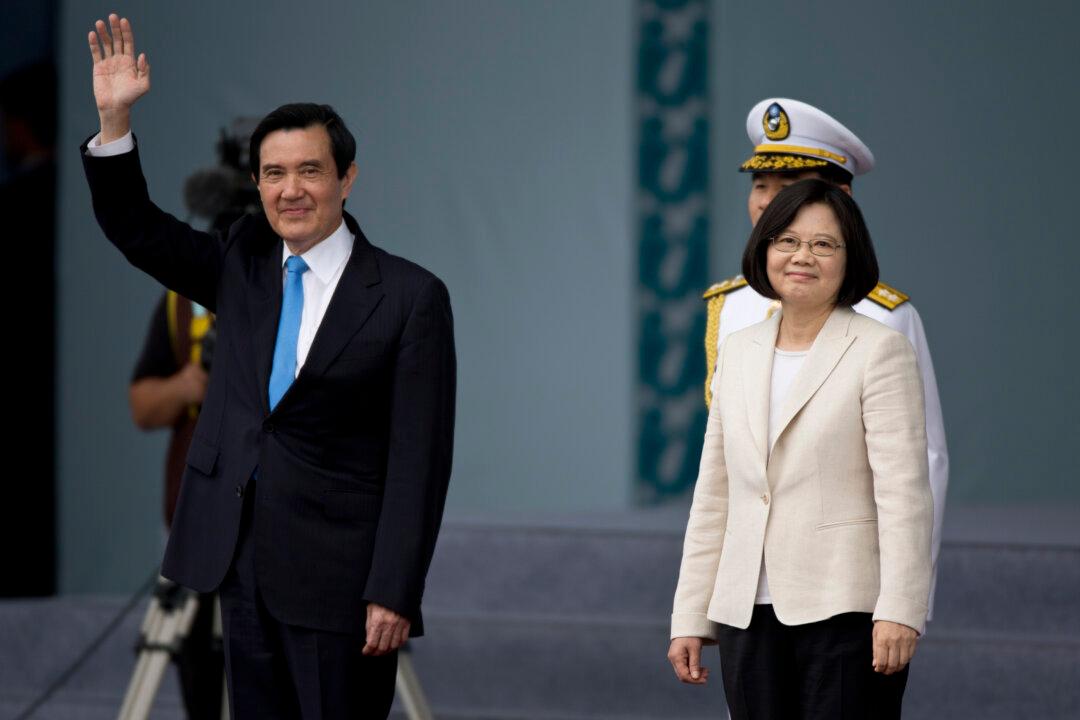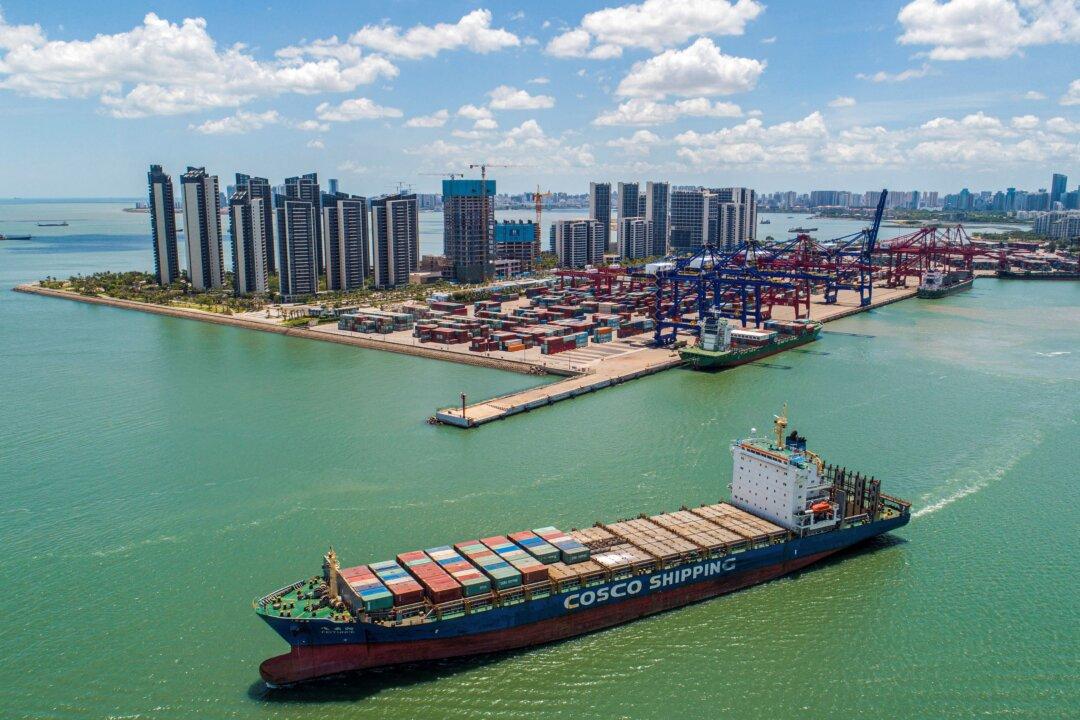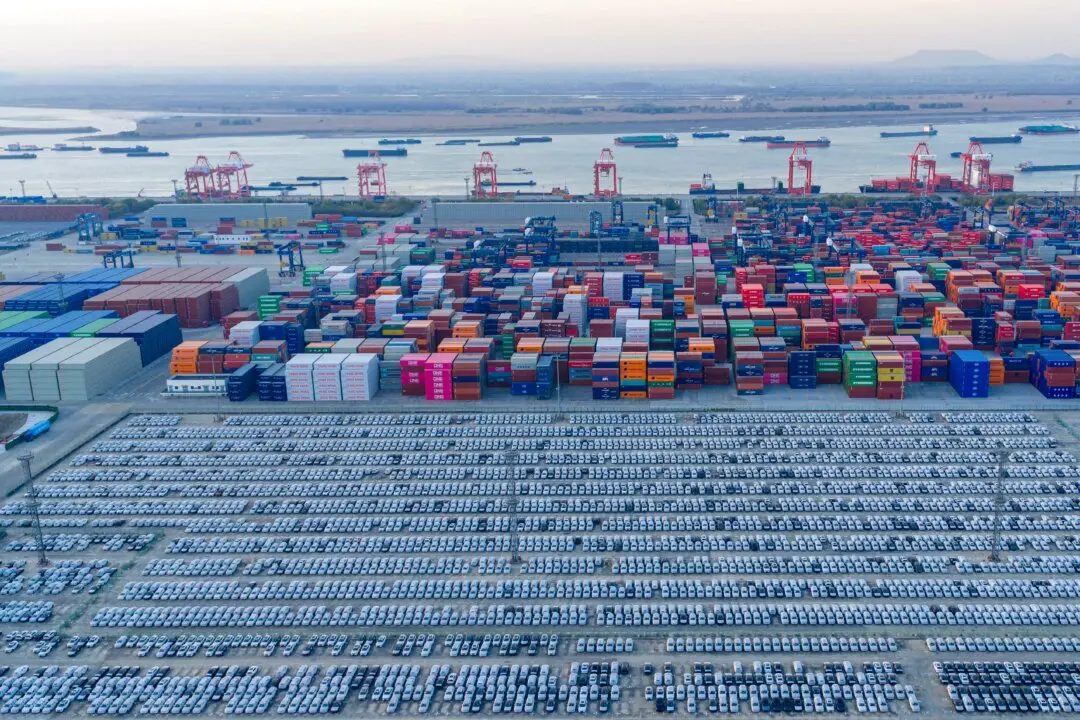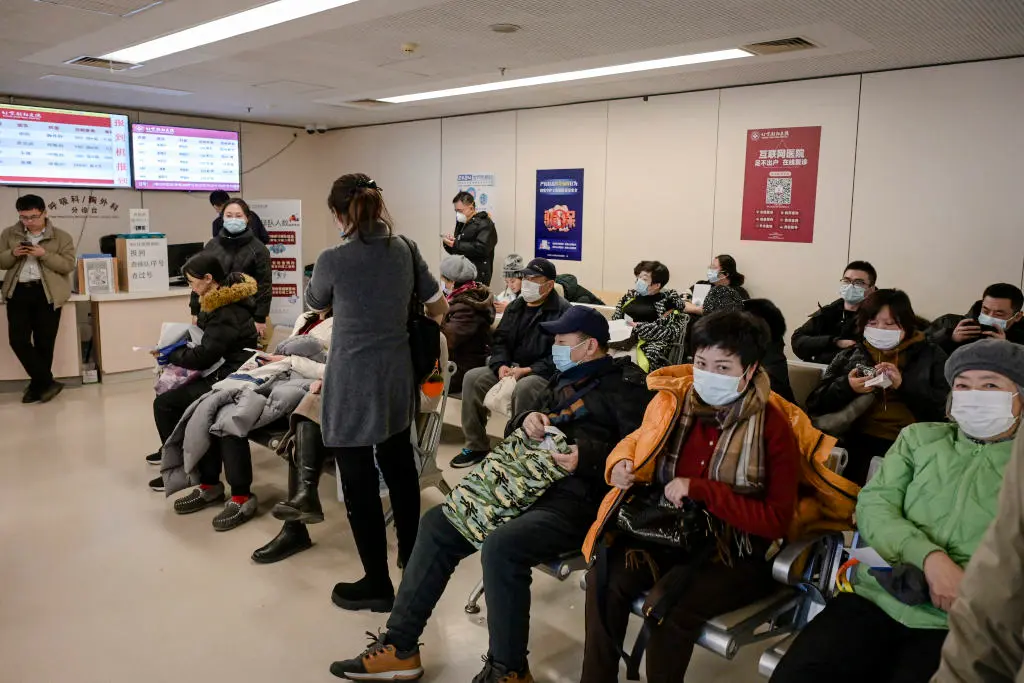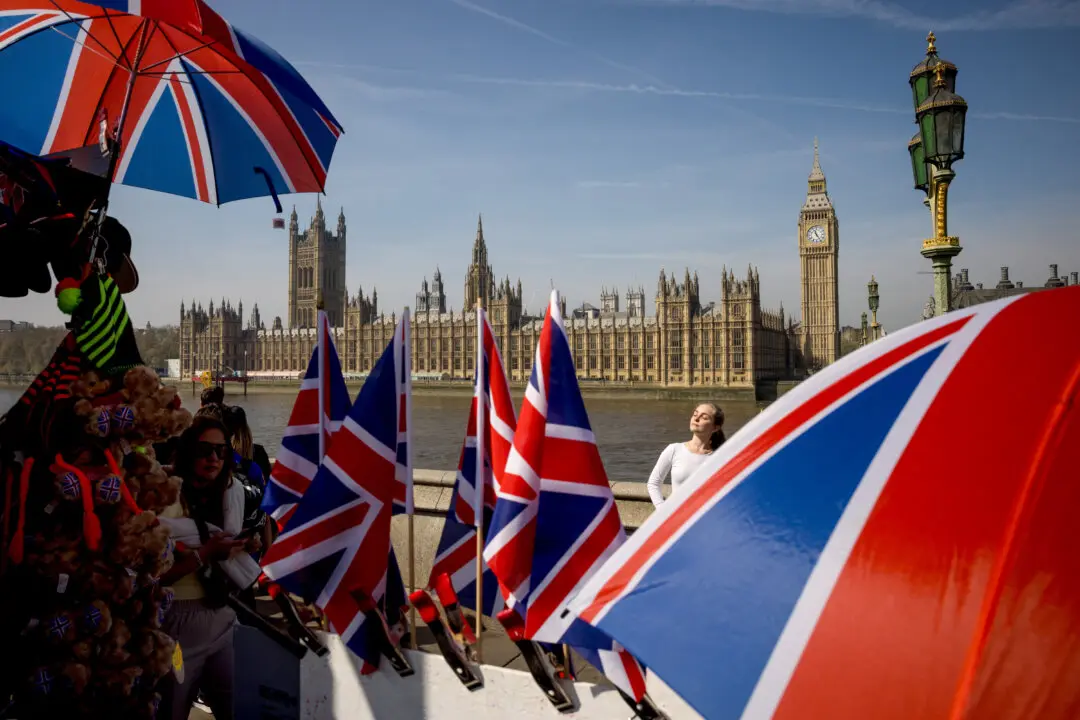Taiwan President Tsai Ing-wen of the Democratic Progressive Party is visiting the United States, while former President Ma Ying-jeou of the Kuomintang opposition party made a cross-strait journey to mainland China for an ancestor worship trip.
Observers say that in the next 10 days, the Democratic Progressive Party (DPP) and the Chinese Nationalist Party or Kuomintang (KMT) will debate fiercely over pro-U.S. and pro-China topics, as the parties ramp up toward Taiwan’s 2024 presidential election.
